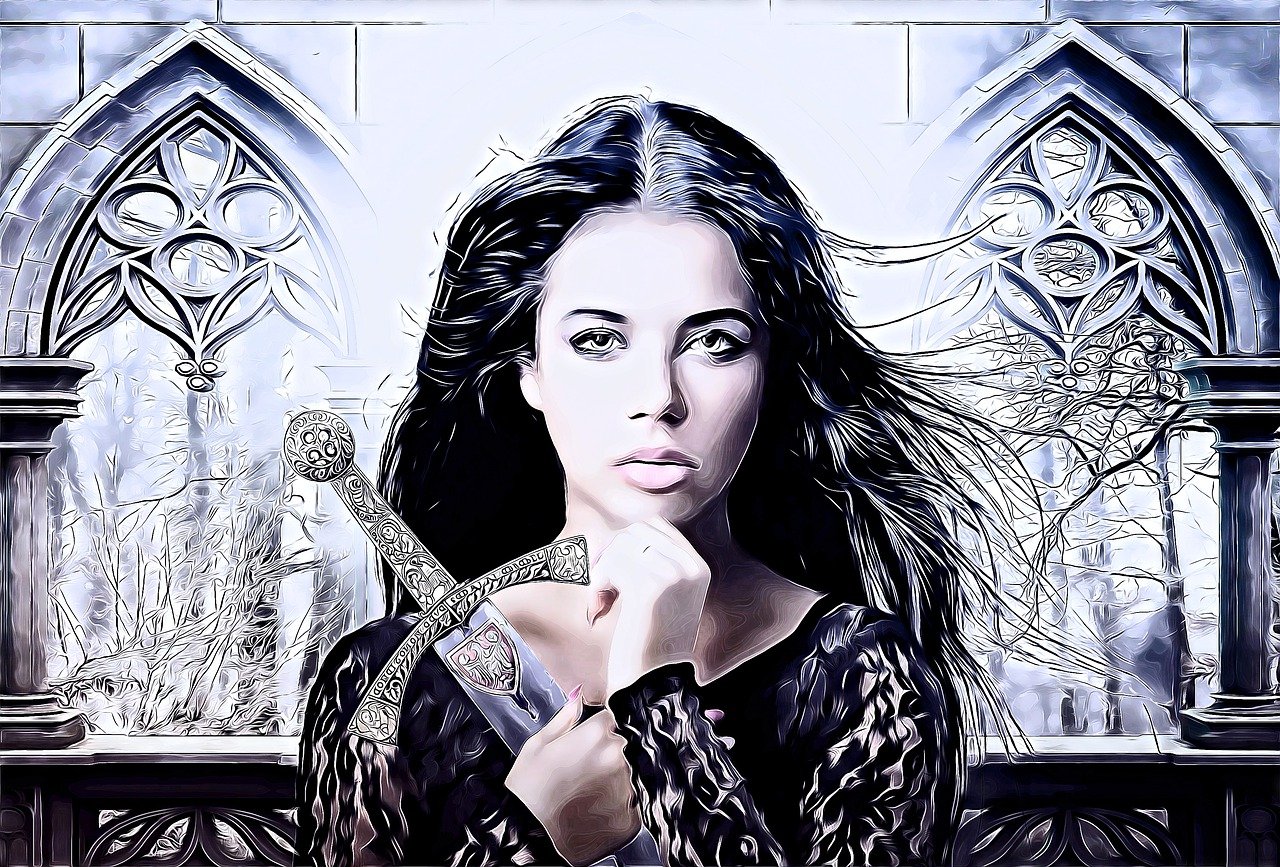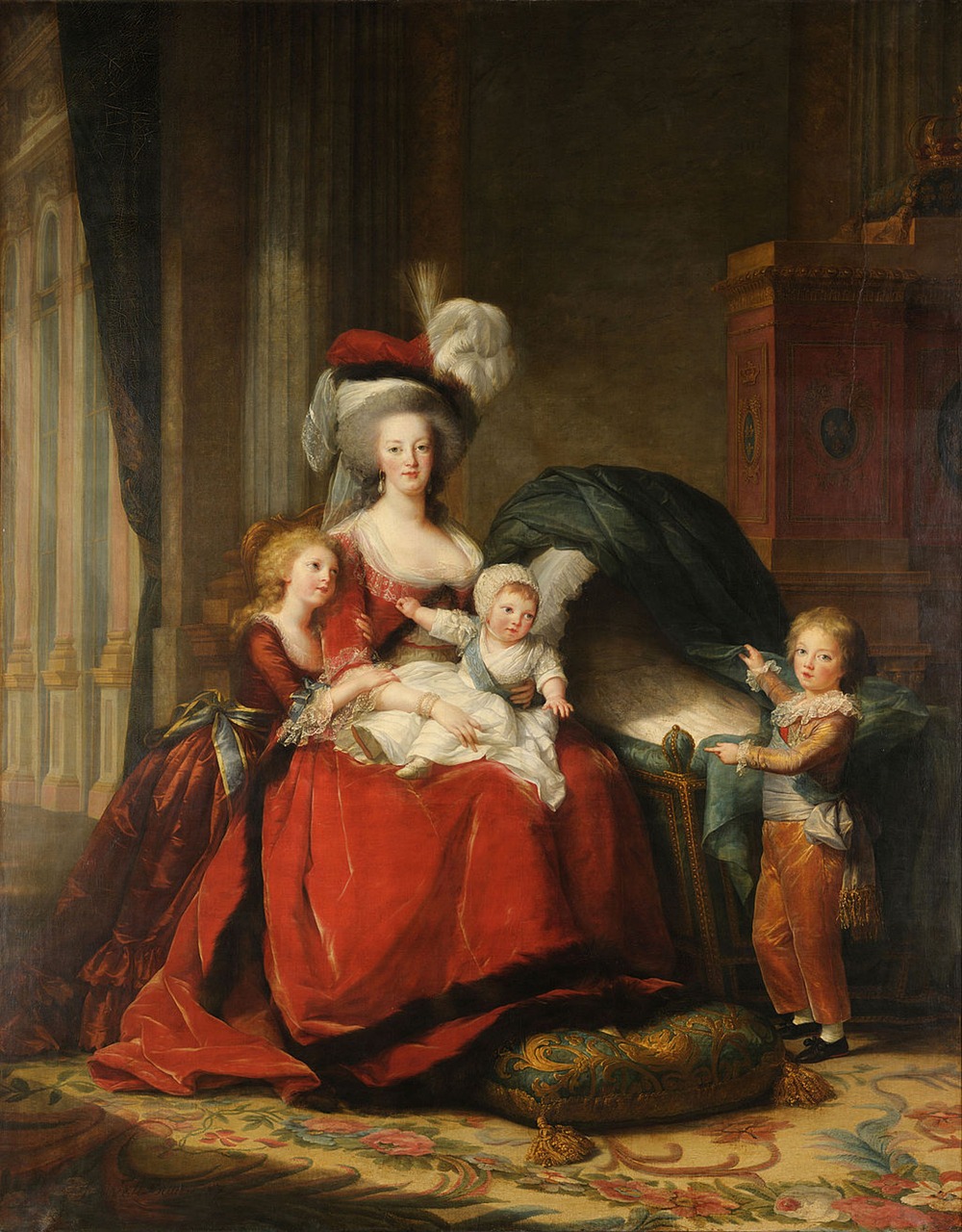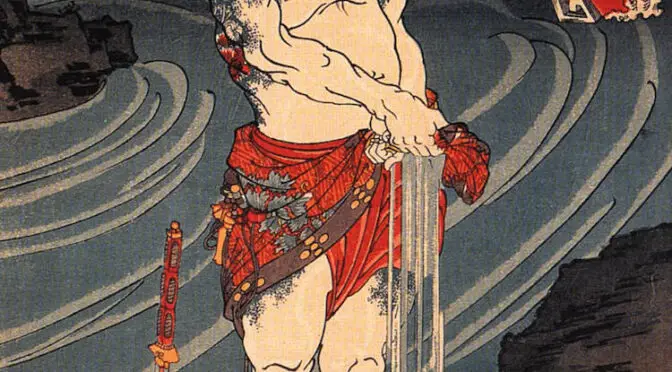Martyr, saint and military leader Joan of Arc, acting under divine guidance, led the French army to victory over the English during the Hundred Years’ War.
1 The bob haircut, which gained popularity in Paris in 1909, was inspired by Joan of Arc
The voices that advised the teenage Joan to put on men’s clothes and evict the English from France also instructed her to cut her long hair. She wore it in the pageboy style popular among knights of her time until guards shaved her head just before her execution. In 1909, Monsieur Antoine, a Polish-born hairdresser and one of Paris’ most sought-after stylists, began cutting his fashionable clients’ hair in a short “bob,” citing Joan of Arc as his inspiration. The look was particularly popular in the 1920s, thanks to silent film stars and the flapper set. While ladies continue to want bob cuts today, another of Antoine’s renowned experiments—dying his dog’s hair blue—has not lasted the test of time.
2 From 1434 to 1440, Joan’s brothers passed an imposter off as their sister, claiming she’d escaped execution
Claude des Armoises, a woman who impersonated Joan in the years after her passing, bore a striking resemblance to the well-known heretic and was purportedly involved in military operations while donning menswear. Along with two of Joan’s brothers, Jean and Pierre, she devised a plan wherein Claude pretended to be a knightly escapee from her captors, living in hiding until she was recognized by the people of Orléans. The three of them were showered with gifts and attended numerous joyous gatherings until Claude eventually confessed to the assassination of Charles VII in 1429, whose elevation Joan had orchestrated.
3 Contrary to popular belief, Joan of Arc wasn’t burned at the stake for witchcraft—at least not technically
Following her capture by the enemy in 1430, Joan of Arc was put on trial by an ecclesiastical court in the English stronghold of Rouen. By May 1431, the 70 counts against her had been reduced to just 12, the most of which had to do with her wearing men’s garb and her assertions that she had spoken with God personally. The other charges included sorcery and horse theft. Joan wrote a confessional document admitting her alleged misdeeds and making a commitment to reform her ways, accepting life imprisonment as payment for her admission of guilt.
4 Joan of Arc had a famously volatile temper
Once assigned command of the French army, the teenage peasant girl did not hesitate to reprimand the honorable knights for swearing, behaving inappropriately, skipping ceremonies or refusing her battle plans; she even accused her noble patrons of weakness in their relations with the British. According to witnesses at the retrial, Joan once tried to slap a Scottish soldier – a Scot who sided with France during the Hundred Years’ War – who had eaten stolen meat. She is also said to have driven away the mistresses and prostitutes accompanying her army at the point of her sword, attacking one or two in the process. And personal attacks from the English, who insulted her and joked that she should go home to her cows, would have made Joan’s blood boil.
5 While commander of the French army, Joan of Arc didn’t participate in active combat
Although known as a brave warrior and considered a heroine of the Hundred Years’ War between France and England, Jeanne never fought or killed an opponent. Instead, she accompanies her men as a kind of inspirational mascot, brandishing her banner in place of a weapon. She was also responsible for determining military strategy, directing the army, and proposing diplomatic solutions to the British (all of which were rejected). Despite being far from the front lines, Jeanne was wounded at least twice, an arrow in the shoulder during her famous Orléans campaign and an arrow in the thigh during a failed attempt to liberate Paris.
6 In modern times, some doctors and scholars have “diagnosed” Joan of Arc with disorders ranging from epilepsy to schizophrenia
At around the age of 12 or 13, Joan of Arc is said to have begun hearing voices and seeing what she understood to be signs from God. During her trial, she testified that angels and saints first told her to just go to church and live godly; they then began to demand that he rescue France from the English invaders and install Charles VII, heir to the French throne, as the country’s rightful king. The maid claimed that bright lights often accompanied the visions and that she heard voices more clearly when the bell rang. Based on these details, some experts believe that Joan suffers from one of a number of neurological and psychiatric diseases that cause hallucinations or delusions, including migraines, bipolar disorder and brain damage, along with a number of other diseases.
7 Joan’s real name was Jehanne d’Arc, Jehanne Tarc, Jehanne Romée or possibly Jehanne de Vouthon—but she didn’t go by any of these
Joan did not come from a place called Arc, as the typical Anglicized spelling of her father’s surname, d’Arc (sometimes translated as Darc or Tarc), might suggest. Instead, Jehanne — or Jehanette, as she was known — grew up in Domrémy, a village in northeastern France, the daughter of a farmer and his devoutly Catholic wife. During her trial before an ecclesiastical court in 1431, Joan introduced herself only as “Jehanne la Pucelle” (“Jeanne la Pucelle”) and initially said she did not know her surname. She then explained that her father was Jacques d’Arc and her mother was Isabelle Romée, adding that in her hometown, girls usually took their mother’s last name. In medieval France, where surnames were not fixed and not widely used, “Romee” simply referred to someone who had made a pilgrimage to Rome or another destination of religious significance; Other sources claim that Jeanne’s mother was named Isabelle de Vouthon



